GENERAL DATA
Plant Parts: Fungus
Cultivation mode: Wild Collection
In manufacturing: Pharmaceutical
In food: –
🍄 Industries That Use Agarikon Mushroom (Fomitopsis officinalis)
Here’s a professional and structured breakdown for Agarikon Mushroom from Fomitopsis officinalis (syn. Polyporus officinalis),
🍄 What Is Agarikon?
Agarikon, also known as Laricifomes officinalis or Fomitopsis officinalis, is a long-living, hard polypore mushroom that typically grows on old conifer trees such as larch, pine, and fir—especially in temperate forests of Europe, Asia, and North America. Historically referred to as the “elixir of long life” by ancient Greek and Roman physicians, Agarikon has been used for over 2,000 years as a natural remedy for respiratory and infectious diseases.
This rare medicinal fungus contains triterpenoids, polysaccharides, agaric acid, and anti-inflammatory compounds, and is increasingly studied for its immunomodulatory and antiviral properties.
1. Pharmaceutical & Traditional Medicine Industry
Agarikon is traditionally used for respiratory conditions, inflammatory disorders, and infectious diseases.
Medicinal uses:
-
Antiviral effects (studied for potential activity against orthomyxoviruses, herpesviruses, and coronaviruses)
-
Antibacterial and antifungal (especially against Mycobacterium and Candida species)
-
Respiratory support (chronic cough, bronchitis, TB)
-
Anti-inflammatory and immune-balancing action
✅ Forms: tinctures, decoctions, capsules, mycelium powders
✅ Used in Western herbalism, Traditional Siberian and Native American medicine
2. Nutraceutical & Functional Food Industry
Due to its rich beta-glucan and triterpene content, Agarikon is now incorporated into functional mushroom supplements for immune health and systemic inflammation.
Applications:
-
Immune support capsules and powders
-
Myco-adaptogen blends (combined with reishi, chaga, turkey tail)
-
Used in mushroom coffee, elixirs, or daily immunity shots
-
Added to complex mushroom stacks for long-term vitality
✅ Valued for deep immune modulation and antioxidant defense
3. Cosmetic & Dermatology Industry
Although less common in mainstream skincare, Agarikon’s antioxidant, antimicrobial, and anti-inflammatory properties make it a candidate for natural dermatological products.
Topical roles:
-
Fungal and bacterial skin infections
-
Used in eczema, rashes, or irritation-calming formulations
-
Herbal mushroom-infused salves and balms
✅ Rare ingredient in high-end or niche skincare lines
4. Research & Biomedical Applications
Agarikon is under active study for its broad-spectrum antiviral potential and immune-regulatory properties, especially in oncology and infectious disease research.
Areas of research:
-
Antiviral studies (Influenza A, HSV-1, VZV, and HIV models)
-
Cancer research (potential anti-tumor activity)
-
Anti-inflammatory and cytokine modulation
-
Investigated by biodefense programs for pandemic preparedness
✅ Partnered in research with institutions like USDA and NIH
5. Ethnobotanical & Conservation Industry
Agarikon is a rare and protected species in parts of Europe, valued by indigenous cultures and traditional healers.
Roles:
-
Used by Siberian shamans for longevity and spirit work
-
Revered in Pacific Northwest indigenous traditions
-
Subject to forest protection and fungal conservation initiatives
✅ Often wild-harvested under strict ecological guidelines
6. Specialty Herbal & Organic Export Markets
Agarikon is found in boutique apothecaries, medicinal mushroom retailers, and premium supplement exports.
Export forms:
-
Wildcrafted dried fruiting bodies
-
Dual extracts (alcohol + water)
-
Encapsulated powdered mycelium
-
Immune elixir kits or tincture combos
✅ Marketed to mycotherapy clinics, naturopaths, and integrative medicine brands
✅ Summary of Key Applications
| Industry | Common Uses |
|---|---|
| Pharmaceutical & Traditional | Antiviral, TB remedy, bronchitis, immunomodulator |
| Nutraceutical & Functional Food | Immune capsules, adaptogenic powders, mushroom coffee |
| Cosmetic & Dermatology | Antifungal balms, anti-inflammatory creams |
| Research & Biomedical | Antiviral studies, oncology support, cytokine modulation |
| Ethnobotanical & Conservation | Sacred longevity fungus, forest conservation subject |
| Specialty Export | Tinctures, dried mushroom slices, extract capsules |
🌟 Key Features
-
Contains agaric acid, polysaccharides, phenolic compounds, and triterpenes
-
One of the oldest medicinal mushrooms used in human history
-
Renowned for its immune, antiviral, and anti-inflammatory effects
-
Extremely rare and slow-growing, often protected in wild habitats
-
Featured in high-value immune support and longevity formulations
PRODUCT NAME IN DIFFERENT LANGUAGES
Persian Name: غاریقون/ Gharighoon
German Name (Deutschland, Austria, Switzerland): Apothekerschwamm, Bitterer Lärchen-Baumschwamm
French Name (France, Belgium, Switzerland, Quebec): Polypore du mélèze
HARVEST CALENDAR
Feb
Mar
Apr
May
Jun
Jul
Aug
Sep
Oct
Nov
Dec
To order Agarikon mushroom, please contact us.
The underside of the Fomitopsis Officinalis is spongy, soft, and white. The color of the inside of it is white. The outside of the Agarikon is relatively thick and stiff, but the inside is soft and almost loose. The outer part of the male Fomitopsis Officinalis is stiffer than the female one. The taste of it is a little sweet at first, but after a short time, it becomes a little astringent and very bitter and bites the tongue.
The best Agarikon is large, light, soft, loose, and female, its layers are not circular and after drying, it powders quickly.
Agarikon Temperament
First degree of warm and second degree of dry.
Polyporus Officinalis Chemical Constituents
Agaric acid, Agaricin, Ergosterol, and C31-triterpenoid acid.
Eating 1.7 grams of it with honey and water is laxative of phlegm and black bile and yellow bile, diuretic, emmenagogue, melts concentrated humors, absorbs rotten humors from the depths of the body and is useful for relieving nausea, uterine suffocation, fever, and colic.
Eating it with Sekanjebin syrup improves jaundice and splenitis.
Eating it with Fennel breaks kidney and bladder stones and cures visceral pain.
Eating it with Myrobalan (Terminalia chebula) and Terebinth (Pistacia terebinthus) resin expels stomach vapors and relieves migraines and chronic and old phlegm headaches.
Eating 2.5 grams of Fomitopsis Officinalis and 1.7 grams of Licorice extract (paste) is good for chest pain, chronic phlegm cough and shortness of breath. Eating 1.7 grams of Agarikon and 1.7 grams of Rheum officinale breaks kidney stones and cures liver diseases, stomach diseases, heartburn, and catarrh.
Eating 1 grams of this fungus and Aloe Vera helps relieve joint pain, sciatica, gout, nerves diseases and chronic fever.
Polyporus Officinalis Modifiers
If someone is poisoned by eating black or male Fomitopsis Officinalis, you should give them enough warm water and fresh milk and animal fat to vomit frequently. Then use strong herbs for enema, then give him enlivening herbs.
To order Agarikon fungus, please contact us.
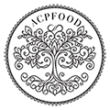

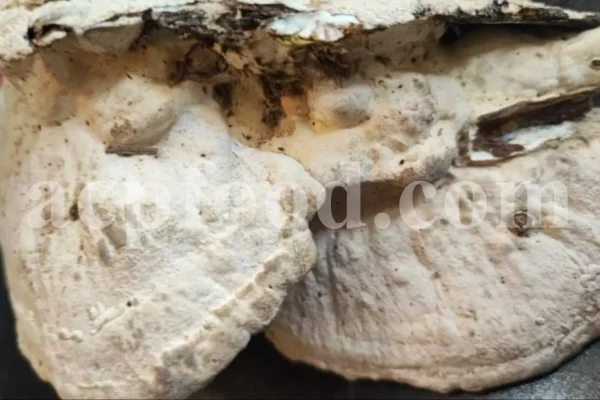


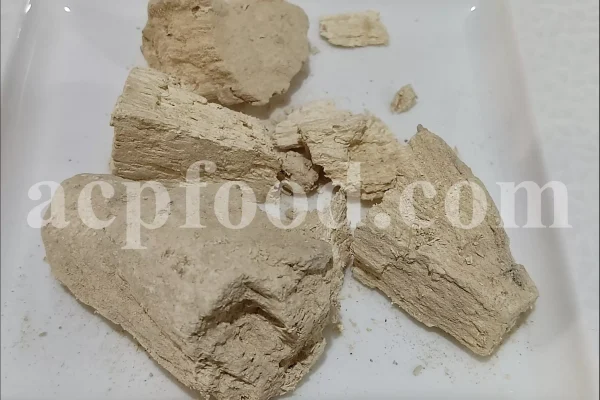
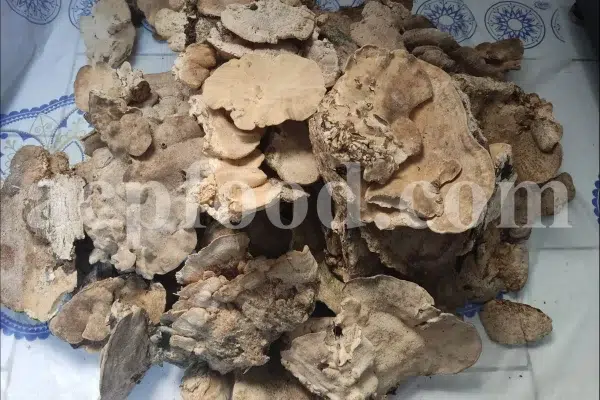
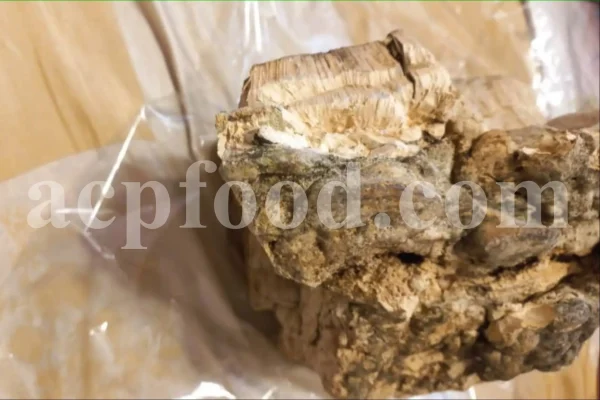




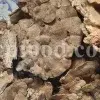

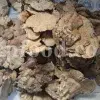





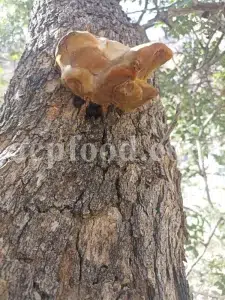


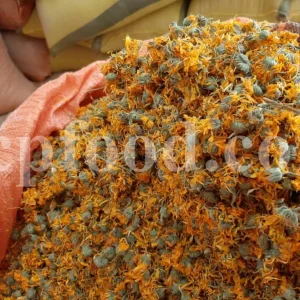
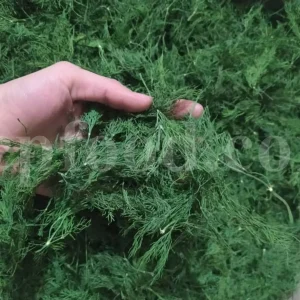
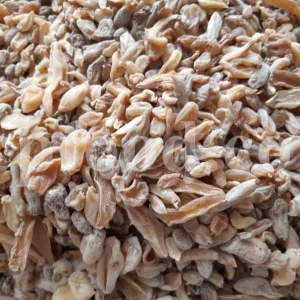
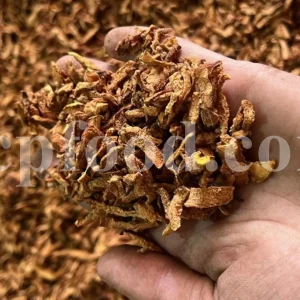
Reviews
There are no reviews yet.